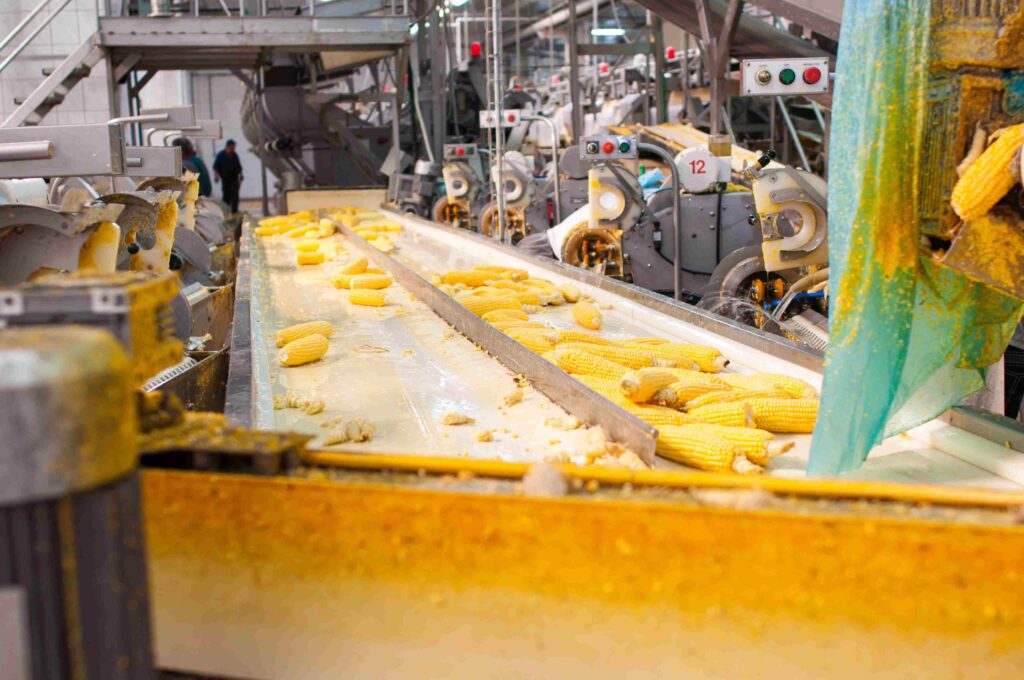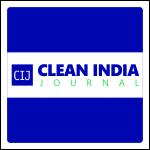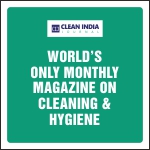
In the high-stakes environment of food manufacturing, cleaning is not just a routine task — it is a critical control point. Proper sanitation is fundamental to ensuring food safety, regulatory compliance, and operational efficiency. Yet, manufacturers face a wide range of cleaning challenges, from microbial contamination and allergen control to minimizing downtime and meeting strict hygiene standards.
Modern cleaning technologies, especially floor scrubbers and sweepers, play an increasingly vital role in overcoming these hurdles. When paired with the right processes, tools, and training, these solutions not only meet hygiene benchmarks but also streamline production and reduce costs.
Controlling Microbial & Allergen Contamination
The most fundamental challenge in food manufacturing is achieving and maintaining hygiene standards that eliminate harmful bacteria, allergens, and chemical residues. Contaminants such as Listeria monocytogenes, E. coli, and Salmonella pose ongoing threats to food safety. Compounding this is the ability of some pathogens to form biofilms — a protective layer that resists conventional cleaning.
Integrated Cleaning Strategy
A layered cleaning approach is essential: sweepers remove dry particles such as flour dust, packaging debris, and crumbs, which not only interfere with wet cleaning but also attract pests. This initial step helps prevent airborne contamination and prepares floors for more effective scrubbing.
Following that, automated scrubbers deliver a uniform and mechanical deep clean—removing residues, sanitizing surfaces, and extracting dirty water. columbus scrubbers, which are HACCP compliant, are engineered to handle such demanding environments. These machines offer high and uniform brush pressure and superior water recovery through patented squeegees, reducing the risk of microbial regrowth by leaving surfaces nearly dry.
In particularly hygiene-sensitive or highly aggressive environments, such as raw meat processing or ready-to-eat zones, columbus’s Inox series options on RA40 and ARA70 scrubbers offer unmatched performance. These machines feature noBAC® antibacterial tanks — specially treated to prevent bacterial growth and stainless-steel components to withstand sustained exposure to moisture, oils or chemicals of food manufacturing & health facilities.
Preventing Cross-Contamination
Cross-contamination is another major concern, particularly when switching between allergens or processing different food categories. Shared equipment or improper zoning can easily lead to the transfer of hazardous substances or microbes.
Zoning and Equipment Segregation
To manage this risk, food manufacturers must adopt strict zoning protocols. Using zone-dedicated cleaning equipment, or at minimum, thoroughly cleaning scrubbers and sweepers between areas, is vital. columbus machines come with various customizable components such as brushes, wheels, squeegees, squeegee lips and batteries enable the customers to choose the right machines for the different areas.
Furthermore, all our scrubbers come with operator-friendly, symbol-oriented maintenance charts to incorporate easily into facility SOPs. These tools help staff perform daily & weekly inspections, reducing the chances of equipment failures or unnoticed contamination. The availability of WHO- and RKI-compliant disinfection add-ons, like the V-Eraser Mop and Wipe system, further strengthens biosecurity in sensitive areas.
Minimizing Downtime
While thorough cleaning is non-negotiable, extended cleaning cycles can disrupt production schedules, increase costs, and reduce output. Manual scrubbing, frequent machine breakdowns, or inefficient battery use can drag out downtime.
Efficiency through Innovation
columbus addresses this pain point by designing machines for maximum uptime and minimum operational disruption. For example, our large ride-on scrubbers like ARA 80 BM 100 boast the longest runtime in India, significantly reducing recharge frequency and cleaning interruptions. The option of lithium-ion batteries — a feature columbus uniquely offers in India — not only extends battery life but also eliminates the safety and environmental hazards associated with traditional battery systems.
Their tight turning radius ensures complete coverage, even in congested areas like production lines or packaging stations, which translates to faster, more efficient cleaning without the need for multiple passes. Additionally, the electronic water dispensing system standardizes water use, optimizing detergent effectiveness while conserving resources and avoiding over-wetting, which can encourage microbial growth.
When it comes to sweeping, columbus offers a major advantage with their overthrow system, which optimizes hopper space and reduces the frequency of dumping — increasing continuous operating time and minimizing interruptions. In addition, our sweepers feature large polyester filters that efficiently trap fine dust and particles. These filters, supported by electric filter shakers, maintain suction performance and prolong machine life, all while contributing to a cleaner and healthier air environment in food facilities.
Best Practices for Equipment Use & Facility Hygiene
Regardless of how advanced cleaning machines are, their effectiveness ultimately depends on how they’re used. Both sweepers and scrubbers should be integrated into a comprehensive sanitation program built on the following best practices:
• Zone Segregation: Assign machines or interchangeable parts to specific zones, particularly in allergen-sensitive or cross-contamination areas.
• Pre-Clean with Sweepers: Always remove dry debris before wet scrubbing to prevent it from becoming airborne or interfering with sanitizers.
• Routine Maintenance: Clean machine components after every use. columbus machines support this with clear visual maintenance guides, simplifying SOP adherence.
• Training and Protocols: Operators must be trained not just in machine handling, but in the “why” — understanding the importance of sequence, chemical use, and cross-zone risks.
When to Use Sweepers vs. Scrubbers
Understanding where and when to deploy each type of machine is essential:
• Sweepers are ideal for dry zones and as a first step in cleaning. columbus sweepers come with the patented Dust-Buster technology, which captures fine airborne particles, enhancing air quality and reducing contamination risks.
• Scrubbers are necessary for removing biofilms, sanitizing surfaces, and ensuring water recovery. columbus’s patented squeegees, with industry-leading suction, leave floors nearly dry, minimizing bacterial growth and making them safe for foot traffic or mobile equipment.
Food manufacturing environments demand an uncompromising approach to cleaning where speed, thoroughness, and safety must coexist. In the demanding landscape of food manufacturing, the right cleaning solutions are not merely an expense, but a strategic investment. While the challenges are significant, modern technology offers powerful solutions. columbus machines, with their thoughtful engineering, hygienic design, and operational efficiency, help manufacturers navigate these demands without compromise.
By integrating smart cleaning strategies with advanced equipment and well-trained teams, food processors can not only stay compliant and safe but also become more productive, sustainable, and resilient.


































